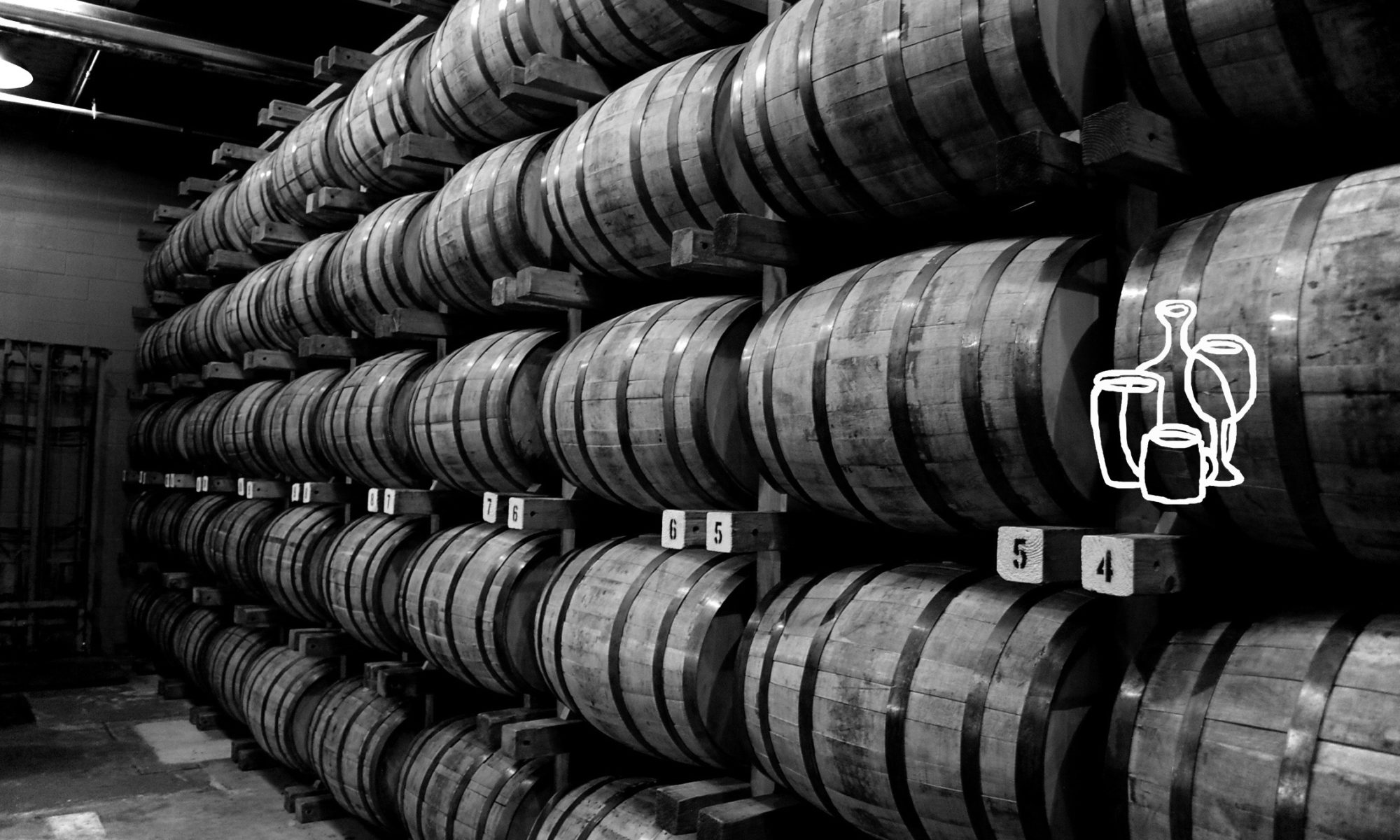Last week, I mentioned Kane Family Rum Company’s Cayrum as part of an unusual cocktail with Whynatte and Fernet-Branca. Now, here’s a bit more on Cayrum itself. As mentioned, the company is based here in Atlanta, though the rum is distilled, aged (three years in bourbon barrels) and infused with local Dominican honey and ginger in the Dominican Republic. The distilling is overseen by master rum blender Victor Eugenio, in a distillery owned by Jose Antonio Barcelo, a member of one of the three well known Dominican rum families (the others are Brugel and Bermudez – together they make up “the 3 B’s”). Rum is serious business in the Dominican Republic, but Cayrum is more about sharing what many Dominican locals do with the rum after they’ve bought it.
I met up with Zach Kane, who, along with his father, helps run the business. He explained a bit about how his family came to make Cayrum, and why. They had been making a similar concoction for years at their vacation home in the Dominican Republic, just for friends and family. As they shared it, they realized how much everyone seemed to appreciate this unique spin on rum, and also realized that there could be great opportunity to introduce this kind of local Dominican infusion to the states. They tried all kinds of recipes before settling on a 3 year aged rum as the base, and even considered opening a distillery in Georgia before realizing that they couldn’t beat the quality and history of Dominican rum.
In essence, Cayrum is simply rum infused with honey and ginger. It’s primarily meant to be imbibed chilled, by itself, but it also works well as a sweet and spicy component in cocktails or mixed simply with complimentary drinks like iced tea or (for ginger lovers) ginger beer. Cayrum has been available in Georgia for a bit over two years now, has made its way to New York, and is expecting distribution soon in Colorado and Texas. So, on to the tasting notes.
 Kane Family Rum Company Cayrum, rum infused with honey and ginger
Kane Family Rum Company Cayrum, rum infused with honey and ginger
80 proof
Approx. $20-$25 retail
Tasting Dates: June-August, 2013
Cayrum shows a bright medium amber color in the bottle. When you pour it out, the somewhat thick but not yet syrupy body is evident . On the nose, the ginger hits you first, not overly powerful, but very present. Burnt honey/Bit-o-Honey undertones come in, and some warm wood notes, too.
I much prefer this over ice rather than neat. Neat, it comes across a bit too sharp – a bit too much burn from both the alcohol and the ginger. Over ice, Cayrum is indeed quite full in the mouth. The ginger is prominent, starting off with a warm rush then kicking into a tingling spicy almost-burn. There’s something mildly medicinal, maybe a touch soap-y, lurking in the background. There’s no denying that Cayrum is sweet – both the rum and the honey bring a syrupy, raisin-y character to it that comes in behind the bite of the ginger. The finish is long, both spicy and sweet, with a touch of heat.
I’ve played around with Cayrum a good bit – you can mix it with ginger beer for an extra ginger-y Dark and Stormy. It also works well with ice team and lemon, or, for something a bit more unusual, blood orange soda and a squeeze of lime. Really, you can use Cayrum in any aged rum-based cocktail where you might want an extra hit of sugar and spice. It can also take the place of a ginger liqueur like the King’s Ginger or Domaine de Canton.
Thirsty South Rating: Good Stuff* For ginger lovers – Cayrum is a home run. For everyone else, it’s a unique spin on rum that is fun to experiment with in mixed drinks or simply enjoy sipping cold over ice. Like a quick trip to the Caribbean.
*******************************
* Thirsty South Rating Scale:
Wow – among the very best: knock-your-socks-off, profound, complex liquid gold!
Excellent – exceptional in quality and character, worth seeking out, highly recommended
Good Stuff – solid expression of its type/varietal, enjoyable and recommended
Fair – fairly standard or exhibiting obvious though minor flaws
Avoid – move away folks, nothing to see here, a trainwreck
Full Disclosure: Tasting sample was provided by Kane Family Rum Company.











